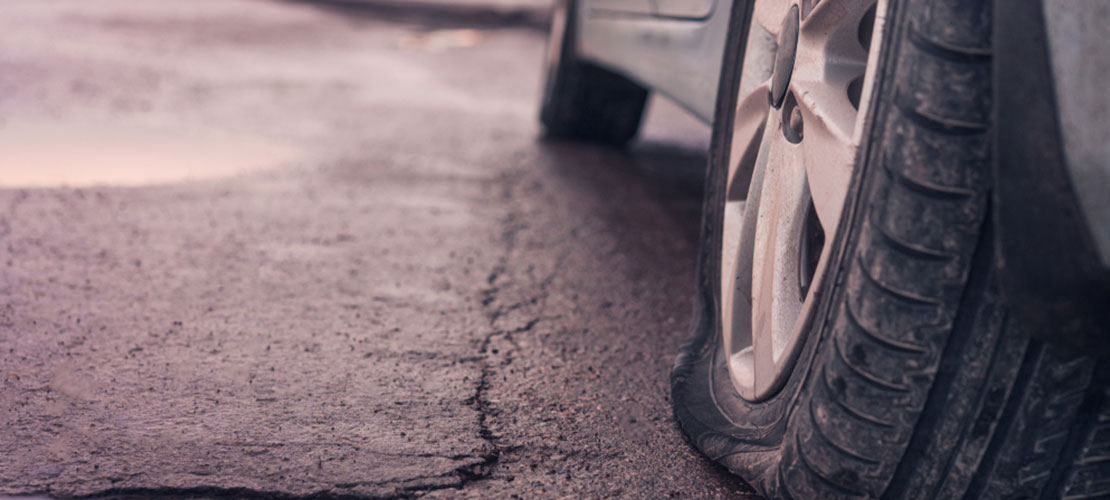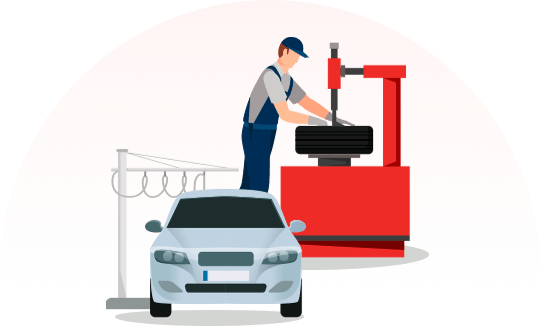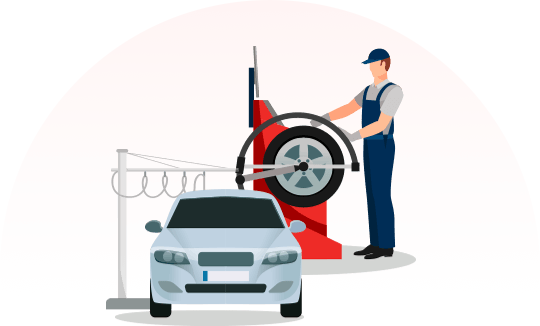- 25 Jan 2023
How to Know When It Is Safe to Repair Punctured Tyres?

Properly working tyres are essential for safety and performance on the road. It is important to have tyres that are inflated to the correct pressure, have the correct tread depth and are free from damage. Tyres that are worn, under-inflated or damaged can cause a vehicle to handle differently, making it unsafe to drive. Poorly functioning tyres can also reduce fuel economy and increase wear and tear on other components, such as wheel bearings and suspension components. Understanding whether and when it is safe to repair punctured tyres is crucial to ensure safety around you.
When Is It Not Safe to Repair a Puncture?
It is never safe to repair a puncture if the tire is severely damaged, such as if it is ripped or torn, or if the rim is bent. Additionally, if the puncture is too close to the sidewall of the tire, then it is not safe to repair the puncture.
When is It Safe to Repair a Puncture?
If the puncture is in the tread area of the tyre, it is generally safe to repair the puncture, provided the tyre is not old and worn and the puncture is not too large (generally up to 6mm). If the puncture is in the sidewall of the tyre, most tyre manufacturers will not recommend a repair because this area is subject to much greater stress and is more likely to fail in the future. It is best to replace the tyre in this case.
How to Repair a Punctured Tyre
- Remove the tyre from the rim. Make sure you have all the tools necessary to do this, including a tire lever, a valve core removal tool, and a pump.
- Locate the puncture. Inspect the inside and outside of the tire for any signs of a puncture. If you can’t find the puncture, inflate the tire and submerge it in water. Look for bubbles to indicate where the air is escaping.
- Clean and prepare the puncture. Use a nail or wire brush to clean the puncture and the surrounding area. Make sure all dirt and debris are removed.
- Patch the puncture. Use an appropriate puncture repair patch to cover the hole. Make sure the patch securely adheres to the tire.
- Re-inflate the tire. Use an air compressor or pump to inflate the tire to the manufacturer’s recommended pressure.
- Re-install the tire. Put the tire back onto the rim and make sure it is properly seated.
The importance of driving safely cannot be overstated. Driving safely is essential to protecting yourself, your passengers, and other drivers on the road. It can help you avoid costly tickets, save money on car repairs, and reduce the risk of being involved in a collision. Please call us for more info or contact us.

 Google Review
Google Review 




 Google Review
Google Review
 Digitally enhanced by
Digitally enhanced by